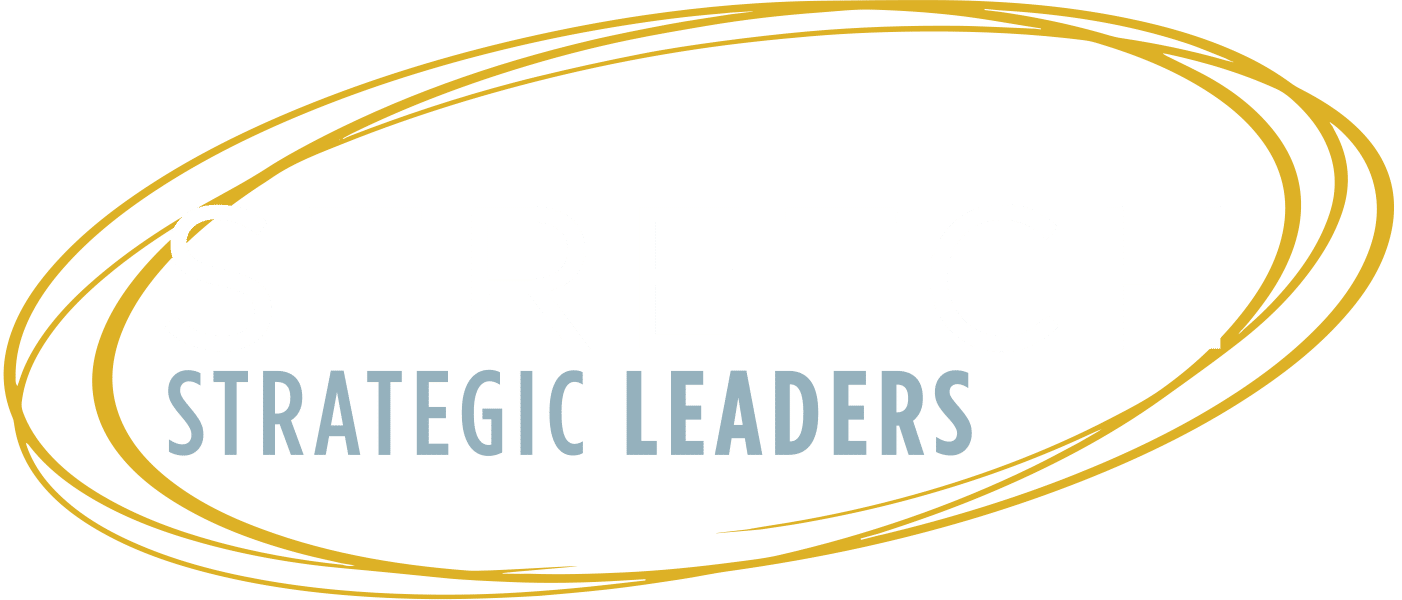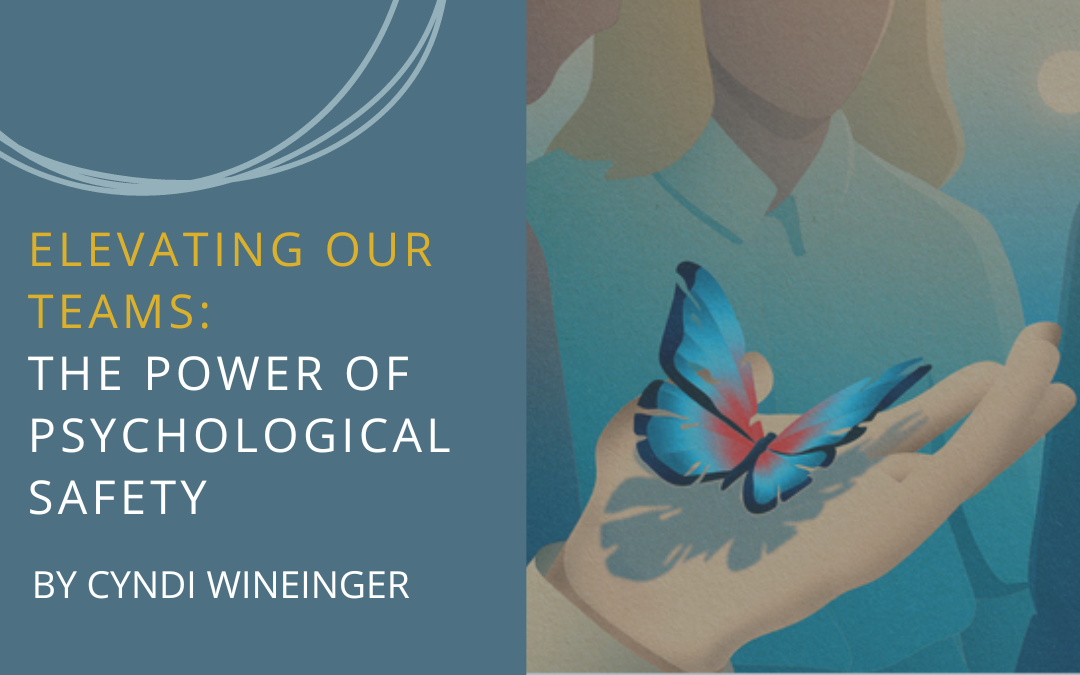Have I mentioned lately how much I love what I do? The ability to help companies reach their strategic goals and develop leaders is truly my passion.
Building organizations by building leaders includes three key elements: assessing who is hired into a leadership role, onboarding them properly, and then helping them thrive as a part of the culture and high performance team.
Start with an assessment of your current training 
A key aspect of helping people thrive includes a comprehensive assessment of your training for both hard skills (computer work) and soft skills (communicating well with others and use of empathy). I am currently helping several companies update their talent development training programs, and the topic of psychological safety is a key focus.
The secret sauce that fuels team greatness
So, what is psychological safety? It’s the secret sauce that fuels team greatness – the shared belief that we can take risks without judgment. Imagine this: Think about your worst boss ever (#bosshole alert). The room changes, right? These “Corporate PTSD” stories linger, impacting us in the blink of an eye.
Now, toss in the post-Covid whirlwind, election drama, global chaos, and an unsettling surge in everything. Psychological safety becomes our anchor – a cornerstone in crafting training that nurtures our people. What’s our role in fostering emotionally healthy environments? It’s more than a question; it’s a call to action.
Speaking up without fear
Team psychological safety is a shared belief held by members of a team that it’s okay to take risks, express ideas and concerns, speak up with questions, and admit mistakes — all without fear of negative consequences. As a wise leader said: “I think the part about speaking up and admitting mistakes ‘without fear of negative consequences’ is what brought the term to life in my mind and made me really think about this concept. This is so opposite to the performance-based culture that is so prevalent. And it just seems to hit harder than only saying ‘taking risks without judgment.’”
Why leaders should care
Why should leaders care about psychological safety? Sure, it’s the right thing to do, and it also impacts the bottom line. Ever wondered about the cost of not having a psychologically safe workplace? Gallup says it’s a whopping $550 billion annually – a financial wake-up call for businesses.
And then there’s the sneaky “presenteeism” – the silent killer of productivity that quietly drains revenue. But here’s the flip side: Teams thriving in a psychologically safe environment are not just happier; they’re 21% more profitable, according to a Harvard Business Review study. It’s not just about fuzzy feelings; it’s about boosting those balance sheets.
A safety net for your employees
How do we create this psychological safety net for our teams? In a world dominated by virtual everything, the subtleties of human connection often get lost. Leaders wear many hats, but at the core of it all is the art and science of leading people. Leaders can only guide others as far as they’ve traveled themselves.
We can’t delegate this to video training and superficial archetypes. We need to connect, slow down, and genuinely know our people. That’s why Executive Coaching is a critical piece– the pace of the leader sets the pace for the team.
In-person training is a superhero
The second critical piece for leadership growth in creating safe spaces is being a participant in the room with your team for in-person leadership training. It’s not a workshop; it’s a strategic move.
Absenteeism due to poor mental health costs companies $225.8 billion annually. In-person training is our superhero move – a shield against burnout, a morale boost, and a proactive step against mental health challenges. Utilizing a professional leadership coach and facilitator to help your team thrive. Allowing the leader to participate in learning and sharing ideas leads to open and safe dialogue for everyone.
Imagine this: Every ounce of effort invested in leadership training and building psychological safety pays off in reduced turnover, increased productivity, and a workplace where everyone looks forward to bringing their A-game. It’s not just about being nice; it’s about being smart with our resources.

In-person leadership training allows leaders to connect personally, build trust, and understand their teams beyond the virtual realm. It’s interactive, real-time, and experiential. Leaders, equipped with the dynamics of face-to-face training, become the architects of supportive and psychologically safe environments, shaping a culture that radiates success.
As we embrace the future of work, let’s not overlook the magic of in-person experiences in cultivating psychological safety. It’s the spark that ignites authentic connections, builds trust, and empowers every individual to contribute their best selves. Here’s to crafting a future where success and well-being go hand in hand!
Reach out to us at info@Stretch-SL.com to participate in a 30-minute introductory call to talk about how to build your team.

